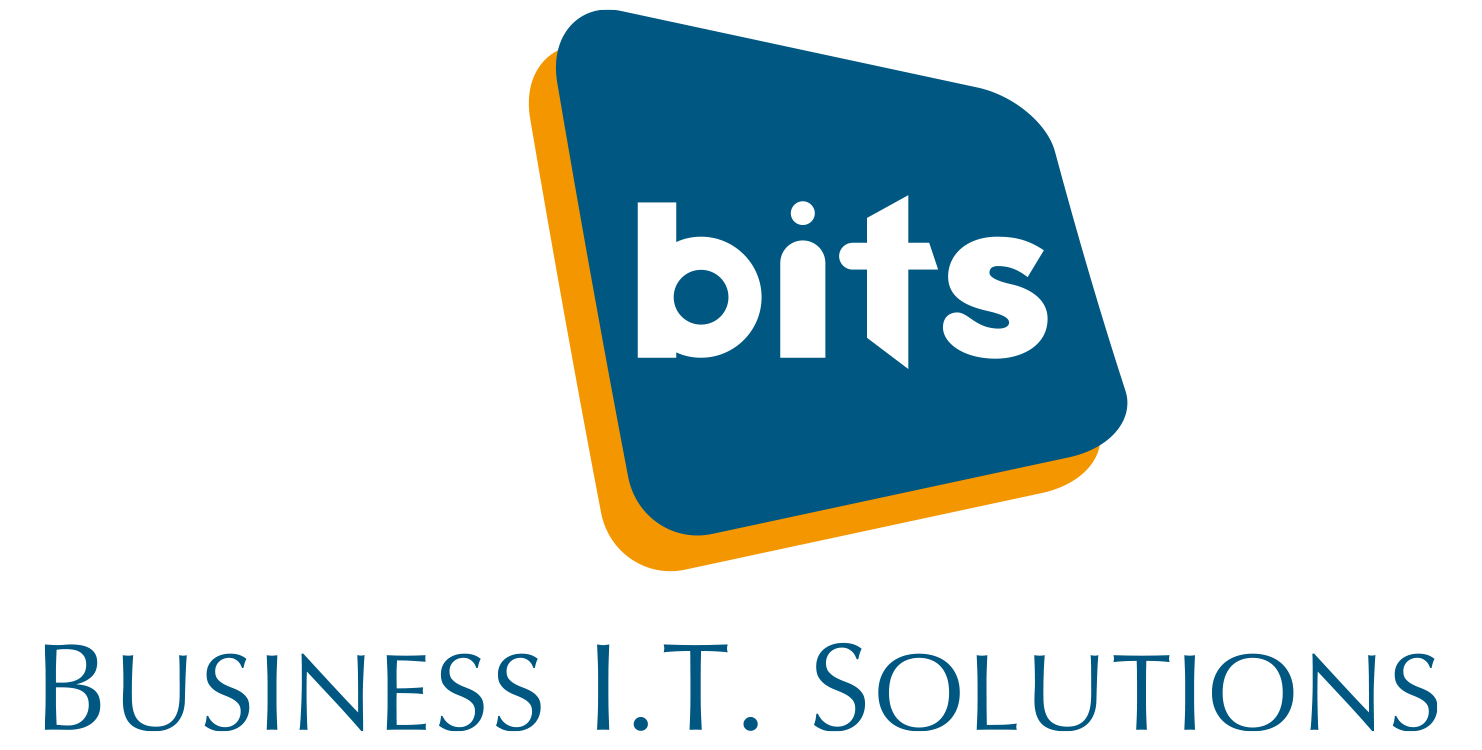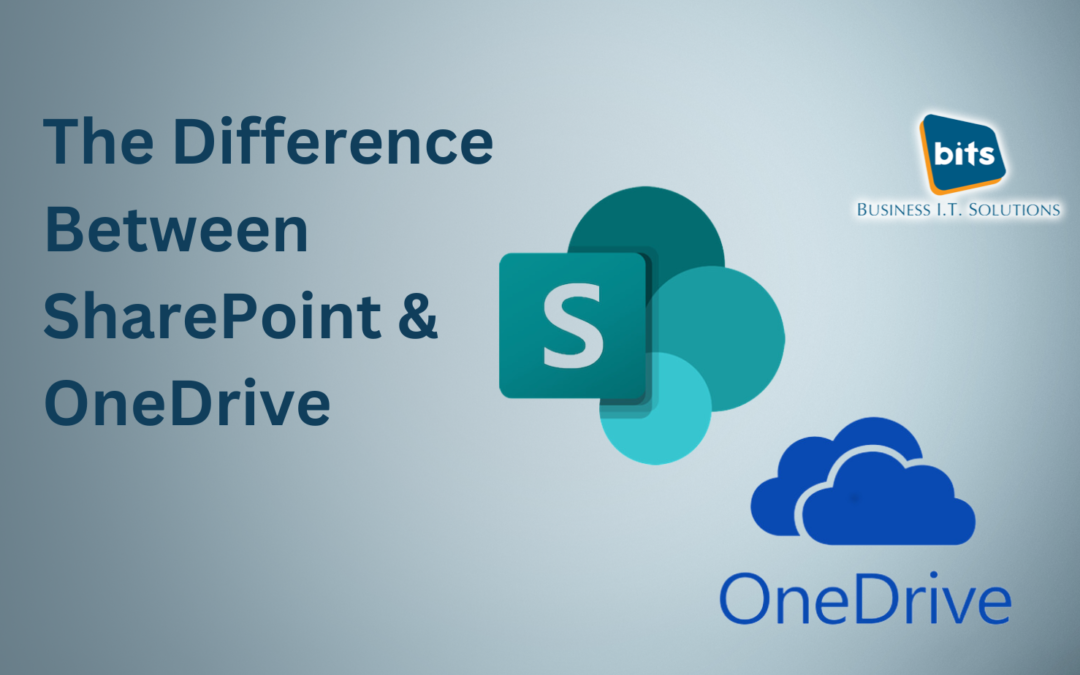In the ever changing world of online teamwork and cloud storage, Microsoft has led the charge with SharePoint and OneDrive becoming the standard for cloud storage and collaboration products. Both are integral to Microsoft’s suite of solutions in the Microsoft 365 eco-system, but they serve distinct purposes and offer unique features. At Business I.T. Solutions we offer training to our clients to help get the most out of the products and to encourage adoption within the staff. However, understanding the differences between SharePoint and OneDrive can help you make the most of these tools for your organisation or personal use. We’ve identified some key points for you on this blog detailing the differences between the products.
What is OneDrive?
OneDrive is Microsoft’s cloud storage service designed primarily for individual use. It allows users to store files and access them from any device connected to the internet. With OneDrive, you can:
Store Personal Files: OneDrive is ideal for storing personal documents, photos, and videos. It provides a secure space for all your files, ensuring they are accessible wherever you go.
Sync Across Devices: OneDrive syncs files across all your devices, so you always have the latest version of your documents on your computer, tablet, or smartphone.
What is SharePoint?
SharePoint, on the other hand, is a robust collaboration platform designed for organisational use. It provides a comprehensive suite of tools to enhance teamwork, manage documents, and streamline business processes. Key features of SharePoint include:
Share Easily: Sharing files with others is straightforward with SharePoint. You can generate shareable links or invite specific people to view or edit your files.
Team Collaboration: SharePoint creates a centralised space where teams can collaborate on projects, share documents, and communicate efficiently. It integrates with Microsoft Teams to provide a seamless collaborative experience.
Document Management: SharePoint excels in document management, offering version control, metadata tagging, and advanced search capabilities. This ensures that everyone has access to the latest documents and can easily find the information they need.
Intranet and Communication: SharePoint can be used to build intranet sites, providing a platform for internal communication, announcements, and company news. It helps keep everyone informed and engaged.
Workflow Automation: SharePoint includes powerful tools for automating business processes. Workflows can be created to manage tasks, approvals, and other routine activities, improving efficiency and reducing manual work.
Customisable and Scalable: SharePoint is highly customisable, allowing organisations to tailor it to their specific needs. It can scale from small teams to large enterprises, supporting a wide range of business requirements.
Key Differences:
Purpose and Use Case
- OneDrive: Best for individual use and personal file storage.
- SharePoint: Designed for organisational use, team collaboration, and document management.
Collaboration
- SharePoint: Offers advanced collaboration features, including team sites, intranet portals, and integration with Microsoft Teams.
Document Management
- OneDrive: Provides basic file storage and sharing.
- SharePoint: Includes comprehensive document management features like version control, metadata, and advanced search.
Customisation
- OneDrive: Limited customisation options, focused on simplicity and ease of use.
- SharePoint: Highly customisable to meet specific organisational needs, with extensive configuration options.
In all cases, organisations require OneDrive to use SharePoint. OneDrive is the conduit to access SharePoint locally. By leveraging the strengths of both tools, you can create a powerful and flexible environment for productivity and collaboration. Looking to implement SharePoint and OneDrive within your business? Contact our team today.

